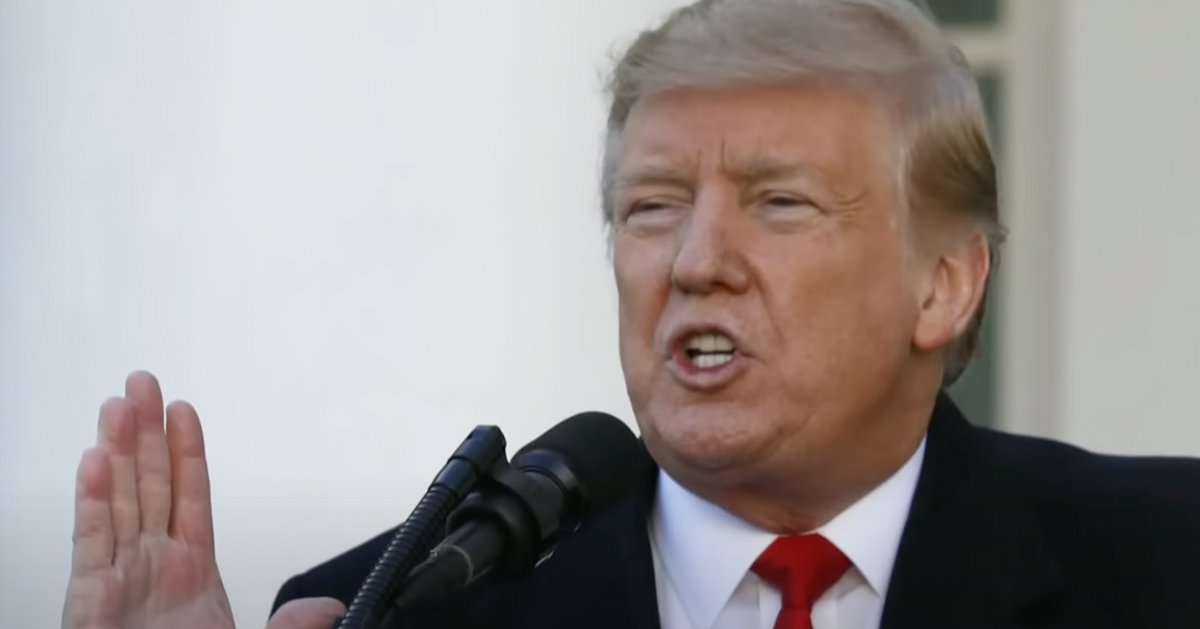Swalwell's claim on air crashes during Trump tenure draws scrutiny
In a recent public statement, Rep. Eric Swalwell (D-CA) argued that Donald Trump experienced the highest number of airplane accidents within the first month of his presidency, an assertion contradicted by data from the National Transportation Safety Board.
The contrasting data highlights that President Joe Biden, not Trump, had more plane-related events during the initial month of his term, thereby refuting Swalwell's claim, as Breitbart reports.
Swalwell's comments have brought attention to the accuracy of public declarations made by lawmakers. His assertion was proven incorrect through a check conducted using reliable data provided by the National Transportation Safety Board (NTSB).
Comparing Incidents from Recent Presidential Terms
Looking at the NTSB's records, there were 35 incidents involving airplanes in the United States during Trump's first 30 days in office. Of these, 12 resulted in victims either sustaining injuries or losing their lives.
In contrast, during President Biden's opening month, NTSB recorded 55 plane accidents across the country. This number not only surpassed those during Trump's equivalent term period but also marked a significant rise, with 24 accidents leading to serious consequences, either injuries or fatalities.
A specific catastrophe further underscored the hazardous nature of aviation mishaps during this timeframe. In late January, a shocking collision occurred between a Blackhawk military helicopter and an American Airlines aircraft, significantly impacting national attention.
This severe event took place near Ronald Reagan Washington National Airport. The aftermath left 67 individuals dead, marking an incident of substantial loss and prompting widespread investigation.
Insights into Blackhawk Accident
Preliminary findings indicated that the helicopter crew failed to respond properly to air traffic control instructions, which contributed to the disaster. Jennifer Homendy, the chairwoman of the NTSB, detailed the circumstances in the later press briefings regarding the incident.
"A radio transmission from the tower was audible on both CVR’s directing the Blackhawk to pass behind the CRJ," she explained. The information conveyed to the helicopter did not seem to fully reach the Blackhawk crew, emphasizing the communicative gap that tragically contributed to the collision.
Homendy offered additional insights, indicating that the transmission had been disrupted. The interference was caused by "a point eight second mic key" from the Blackhawk itself.
While attempting to engage in dialogue with air traffic control, the Blackhawk crew inadvertently compromised a vital safety message, illustrating how minor technical issues can lead to severe consequences.
Addressing Impact of Swalwell's Remarks
This episode serves as a stark reminder of the critical need for effective and uninterrupted communication in aviation safety. Despite the technological advances and stringent protocols in place, human error and equipment malfunctions continue to pose substantial risks.
Moreover, the latest data unearthed by the NTSB reinforces the need for public figures to exercise caution and due diligence when commenting on sensitive matters such as aviation safety. Incorrect statements can mislead the public, hinder efforts to address factual issues, and potentially affect policy discourse.
As public attention continues to focus on transparency and accountability, it is crucial for officials like Swalwell to ensure the credibility of their statements. This extends to understanding the implications of statements made without fully vetting their truthfulness against available facts.
Lessons to Learn from Reporting Errors
The immediate consequences of inaccurate comments demand a measured response from all parties involved. Transparent communication, fact-checking, and adherence to verified data sources are essential, not only in maintaining public trust but also in fostering informed discussions.
While this particular instance revolves around aviation safety, the broader takeaways apply universally to discussions around data, incidents, and government-related activities. The responsibility that falls on policymakers and influencers is an ever-present reality, emphasizing the need for prudence and well-sourced claims.
Furthermore, the intersection of national safety concerns and public commentary will always bear significant weight, stressing the importance of informed narratives. It is vital for representative figures to acknowledge the broader ramifications of disseminating inaccurate information to the public sphere.
In conclusion, as this story underscores, diligence in verifying facts is not simply an ethical imperative for officials but a necessary practice in maintaining the integrity of public discourse. Moving ahead, it is important that both accountability and truth take precedence in shaping balanced, factual narratives.




